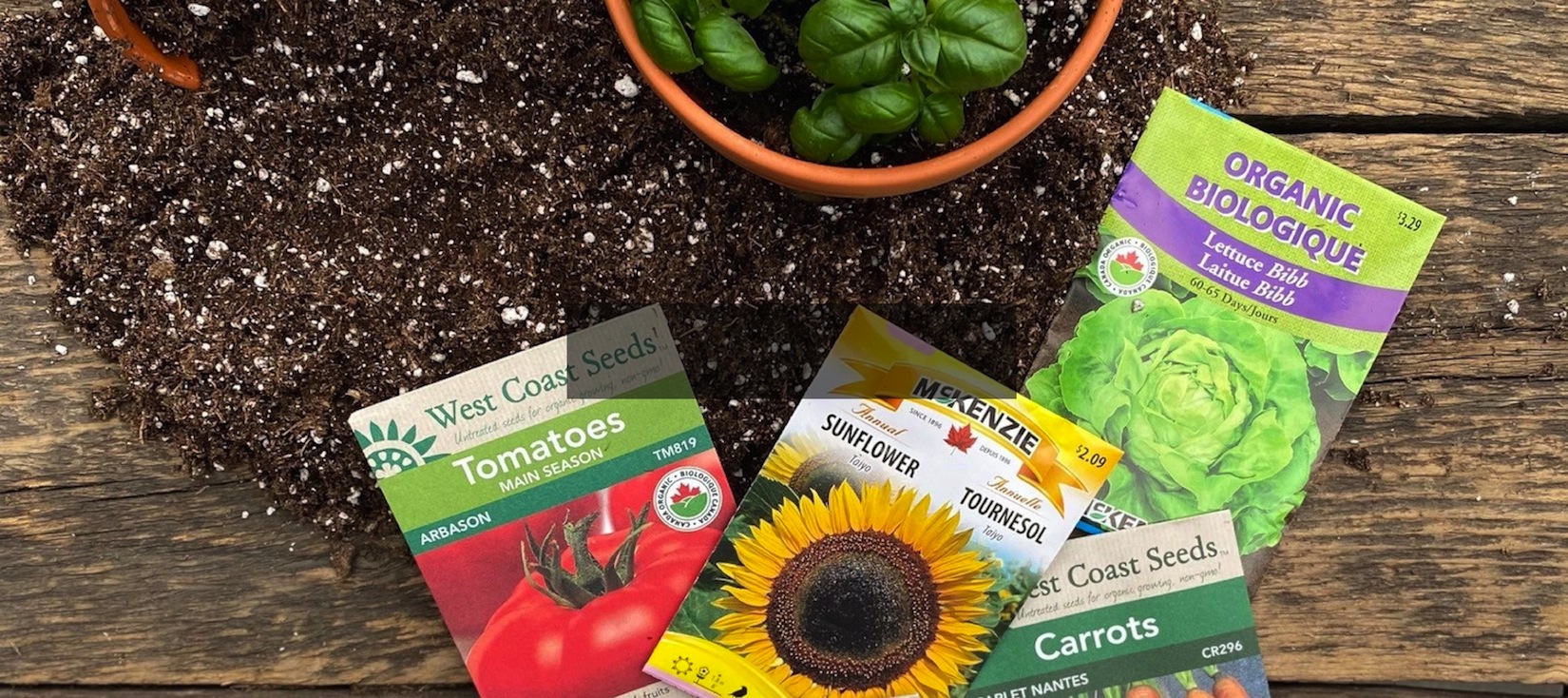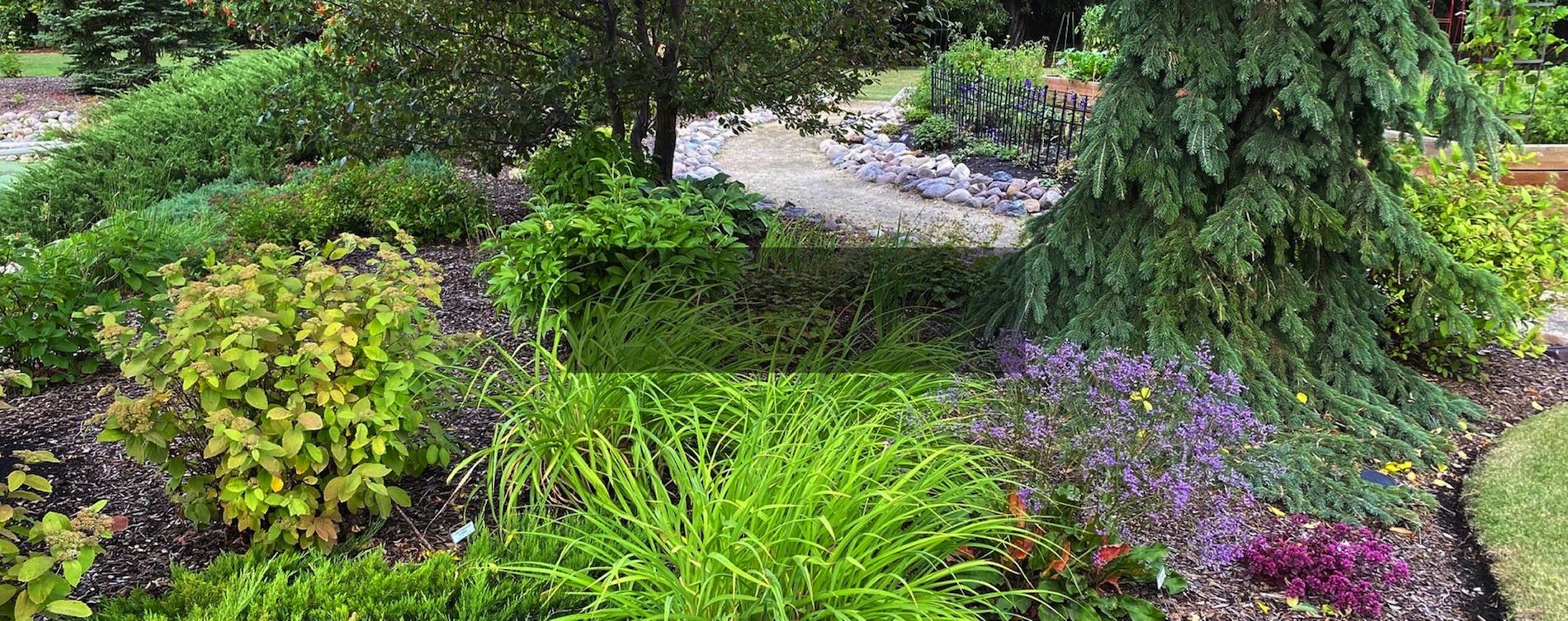Overwintering Geraniums & Tender Bulbs

Allow geraniums to experience a heavy frost, to help signal to them it’s time to enter dormancy.

Overwintering Tender Bulbs
In early spring, bulbs can be potted early indoors. Begonia will typically require a 10-week head start, while others can be potted up 6 weeks before planting out. Choose a pot with drainage; 4” pots will suffice for begonia and gladiolus, while 6” pots are suitable for dahlia. Fill with a well drained indoor potting mix such as Pro Mix Premium Potting Soil. When foliage emerges, place in a sunny window or under grow lights until planting outdoors in June. Bulbs can be watered with a 15-30-15 fertilizer once every couple of weeks.

These can successfully be overwintered following the steps for begonia, and potting rhizomes up into larger 6” pots come March.
Canna/Calla can also be overwintered as houseplants. Before frost, divide and repot as needed, and check thoroughly for insects. Provide a warm, significantly lit space (grow lights recommended) with adequate humidity. Fertilize monthly with a 20-20-20 or 15-30-15 fertilizer. Plants can be safely placed outside in June once evening temperatures are consistently above 8ºC.

Overwintering Geraniums
If growing geraniums on as houseplants, before a heavy frost, remove from existing planters/garden bed, and gently massage root ball to remove potting/garden soil from the rootball. Trim away any brown/dying leaves and repot into containers with an indoor plant soil such as ProMix Premium Potting Mix. Provide plants with a brightly lit spot to encourage compact, healthy growth. If sufficient light is unavailable, provide plants with grow lights. Plants may be fertilized monthly with 15-30-15 or 20-20-20.
If overwintering potted geraniums in a dormant state, allow plants to experience a hard frost. Remove plants from planters/garden beds and trim roots and stems to a few inches. Repot using an indoor potting soil. Water plants well, then place into a cool, dimly lit space (10-14ºC) for the winter months. Plants can be brought out of dormancy in March, into a brightly lit space, so they can flush new growth for the spring season. Cuttings can be taken from the new growth (see cuttings instructions below).
If overwintering geraniums bareroot, allow plants to experience a heavy frost. Dig up the geraniums, removing as much soil from the root ball as you can. Trim away all broken stems/leaves and browning/yellowing leaves. Lay plants in an open tray to dry for a few days.
Once dry, the plants can be stored foliage side down in a brown paper bag/box. Place the bag/box in a cool, dark location, anywhere from 10-15ºC). Check plants every few weeks for mold/mildew, removing any damaged leaves. In mid-late March, plants can be removed from storage, potted up and placed in a brightly lit window to start pushing new growth. Plants can be fertilized bi-weekly with 15-30-15 or 20-20-20. Cuttings can be taken from the new growth to produce additional plants.


Taking Cuttings
Using clean, sharp shears, take a clipping about 3-4” long. Remove lower leaves along the cutting. If desired, dip cuttings into rooting hormone, such as ProMix Stim-Root. Cuttings can be placed in small, individual 3-4” pots, filled with a moistened indoor potting soil. Choose one with good drainage, such as ProMix HP or ProMix Premium Potting Mix. If desired, mix in some perlite or vermiculite for additional drainage. Use your finger to make a hole in the mix, and insert the cutting so a couple of leaf nodes remain beneath the soil. Place pots in a tray with a humidity dome or place individual baggies over the cuttings to maintain humidity.
Check often for moisture, keep soil slightly moist, and monitor humidity. Cuttings will take approximately 4-6 weeks to root well.





